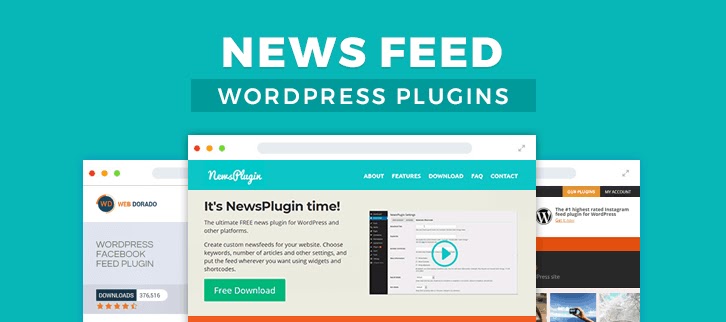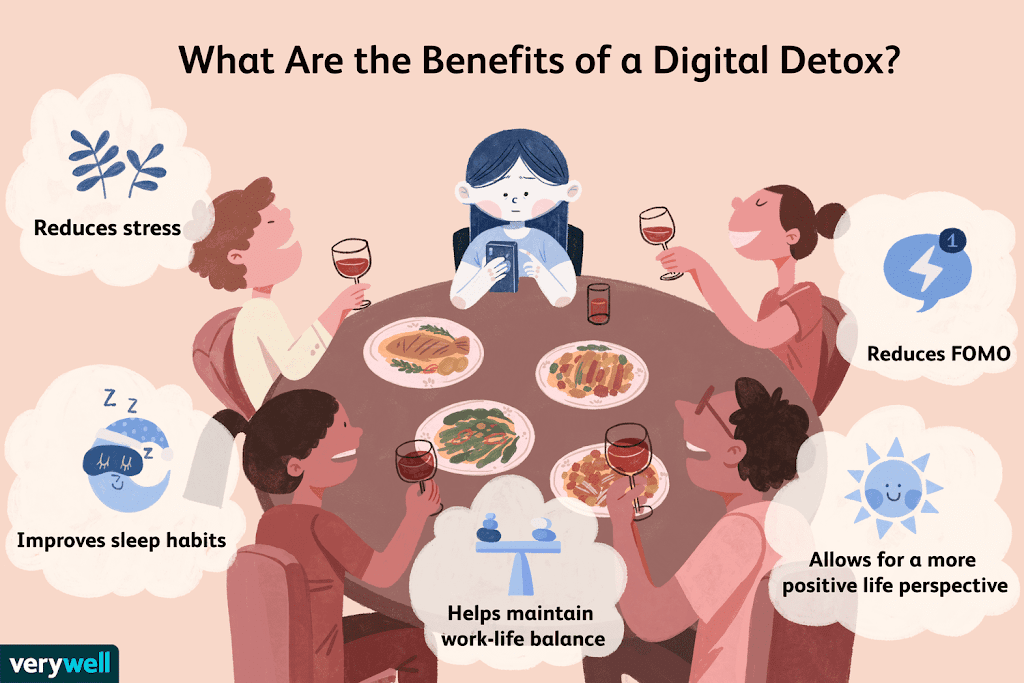Revolutionizing News Aggregation: A Deep Dive into Customized News Feeds
Title:
Revolutionizing News Aggregation: A Deep Dive into Customized News Feeds
Introduction:
In the fast-paced digital age, staying informed is crucial, but the sheer volume of information available can be overwhelming. Traditional news outlets and social media platforms often provide a one-size-fits-all approach to news delivery, leaving users inundated with irrelevant or redundant information. This has led to a growing demand for more personalized and efficient ways of consuming news. Enter customized news feeds – a revolutionary approach to news aggregation that tailors content to individual preferences, interests, and values.
I. The Rise of Information Overload:
The digital era has democratized information access, but the abundance of content has given rise to information overload. Users are faced with the challenge of sifting through vast amounts of data to find relevant and reliable news. This overload not only hampers the user experience but also raises concerns about the quality and accuracy of the information consumed.
II. The Limitations of Traditional News Outlets:
Traditional news outlets often follow a generic model of news delivery, presenting a broad spectrum of topics that may not resonate with every user. This approach lacks personalization and fails to cater to the diverse interests and preferences of today’s audience. As a result, users may disengage or seek alternative sources for a more tailored news experience.
III. The Role of Technology in Customized News Feeds:
Customized news feeds leverage cutting-edge technologies such as artificial intelligence (AI), machine learning, and natural language processing (NLP) to understand user behavior, preferences, and contextual relevance. These technologies empower news aggregators to curate content dynamically, ensuring that each user receives a personalized and engaging news experience.
IV. User-Centric Design:
The success of customized news feeds lies in their user-centric design. By allowing users to define their interests, filter out unwanted topics, and prioritize specific categories, these platforms empower individuals to take control of their news consumption. The intuitive interfaces make it easy for users to fine-tune their preferences, fostering a sense of ownership over their news feed.
V. Addressing Filter Bubbles and Bias:
While customization is key, there are concerns about the formation of filter bubbles – isolated ecosystems where users are only exposed to information that aligns with their existing beliefs. Responsible customization involves implementing algorithms that balance personalization with diversity, ensuring users are exposed to a range of perspectives. Additionally, ethical considerations and transparency in content curation algorithms help mitigate biases inherent in AI-driven systems.
VI. The Future of News Consumption:
Customized news feeds represent a paradigm shift in how individuals consume information. As technology continues to advance, we can expect further refinements in content recommendation algorithms, enhanced personalization features, and integration with emerging technologies like augmented reality (AR) and virtual reality (VR). The future of news consumption is poised to be immersive, interactive, and tailored to the unique preferences of each user.
Conclusion:
Customized news feeds mark a transformative moment in the evolution of news aggregation. By harnessing the power of technology to deliver personalized, relevant, and diverse content, these platforms address the challenges posed by information overload and traditional news delivery models. As we navigate the ever-evolving landscape of digital media, the customization of news feeds stands as a beacon of innovation, empowering individuals to stay informed in a way that aligns with their individual interests and values.










Post Comment